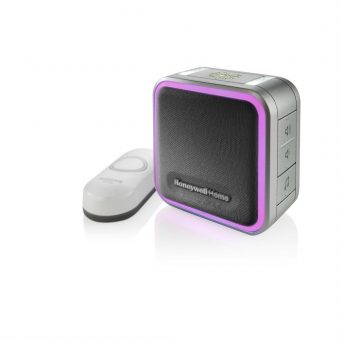We fill our homes with devices that alert us to important messages. For instance, we need to know when people are at our door or calling on the phone. Is the cake in the oven done? Has the baby awakened from her nap? Everyone needs to act promptly to a fire or dangerous weather. We’ll miss our flight if we oversleep. We rely on alerts throughout the entire day and night more than you may realize. Consequently, we need to stay aware of home alerts to maintain our independence, safety and peace of mind. Above all, people with hearing loss need to use other senses or enhance devices to stay aware of home alerts.
Is there an alert you’re unable to hear that is impacting your life?
- alarm clock
- baby crying
- caregiving (fall risk, wandering)
- doorbell
- emergency alerts
- fire/CO
- oven timer
- phone ringing
- tea kettle
- water running
- weather alerts
What will help you stay aware of home alerts? In other words, what is most likely to wake you from a sound sleep?
- a louder version of same device
- flashing lights or a lamp
- vibration, gentle shaking
- relay to phone or other product
- signing up for a local public safety alert system
- a service dog
How user friendly or simple should your home alerts be?
- An all-in-one system alerts you to many situations (doorbell, smoke alarm, alarm clock, baby crying, weather alert, etc.) This is especially helpful when connected to a bed-shaker device or flashing lamp while sleeping. In addition, it is a little bit more complex to set up. Would you get past the initial setup? Alternatively, do you prefer a simple plug-in chime for your doorbell? At the other end of the spectrum, do you want everything connected to the internet of things?
What’s your home and family situation like?
- Are you concerned with disturbing other people like your sleeping spouse?
- Is your home large or multi-level? You may need a multiple doorbell chime system or add-on alerts to ensure you hear it everywhere.
- Are your smoke alarms hardwired together or individual? Do you live in an apartment with whole building alarms too?
- Is your doorbell hardwired? Can you simply replace the doorbell? Alternatively, do you prefer to maintain batteries?
- Is your area prone to power outages, poor cell coverage or poor Wi-Fi? Most importantly, how can you ensure that alerts are reliable?
Finally, how comfortable are you with technology to keep you aware of things?
- Do you prefer linking your devices via Wi-Fi and apps?
- Is privacy a concern for you?





 alarm clocks –
alarm clocks – baby crying
baby crying care giver alerts
care giver alerts doorbell
doorbell emergency alerts
emergency alerts
 oven timer
oven timer phone ringing
phone ringing
 water running
water running
